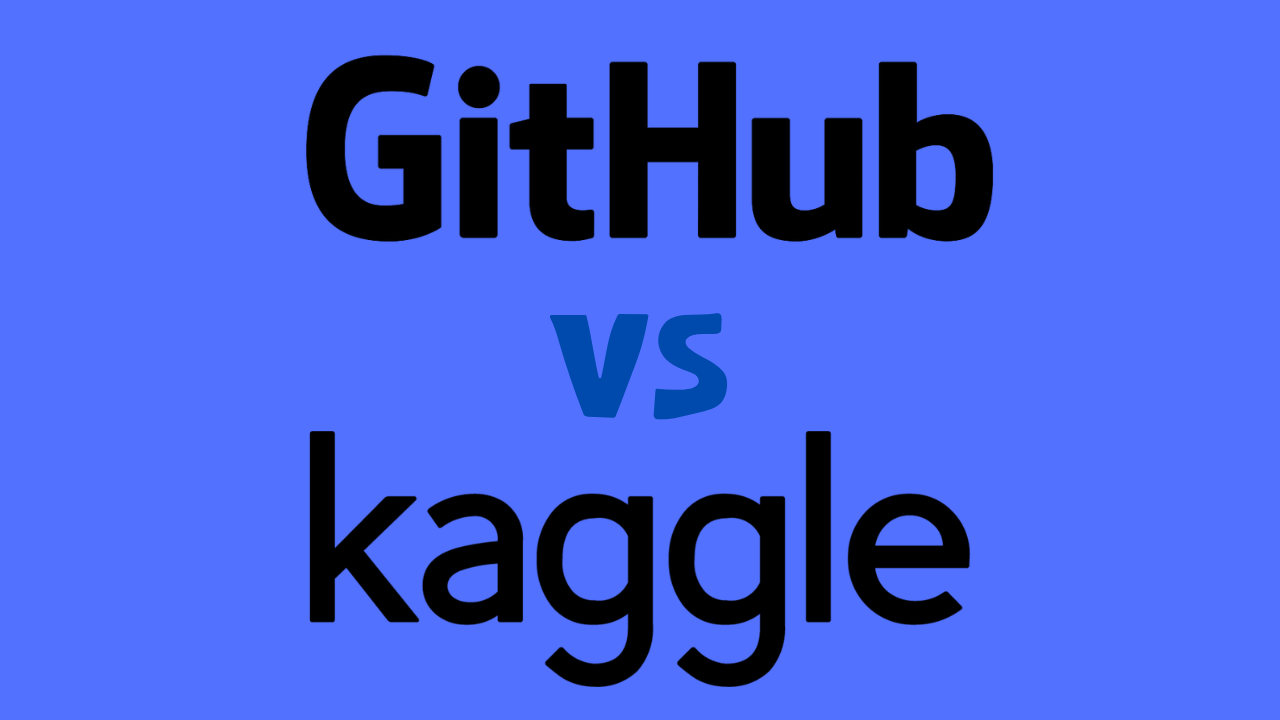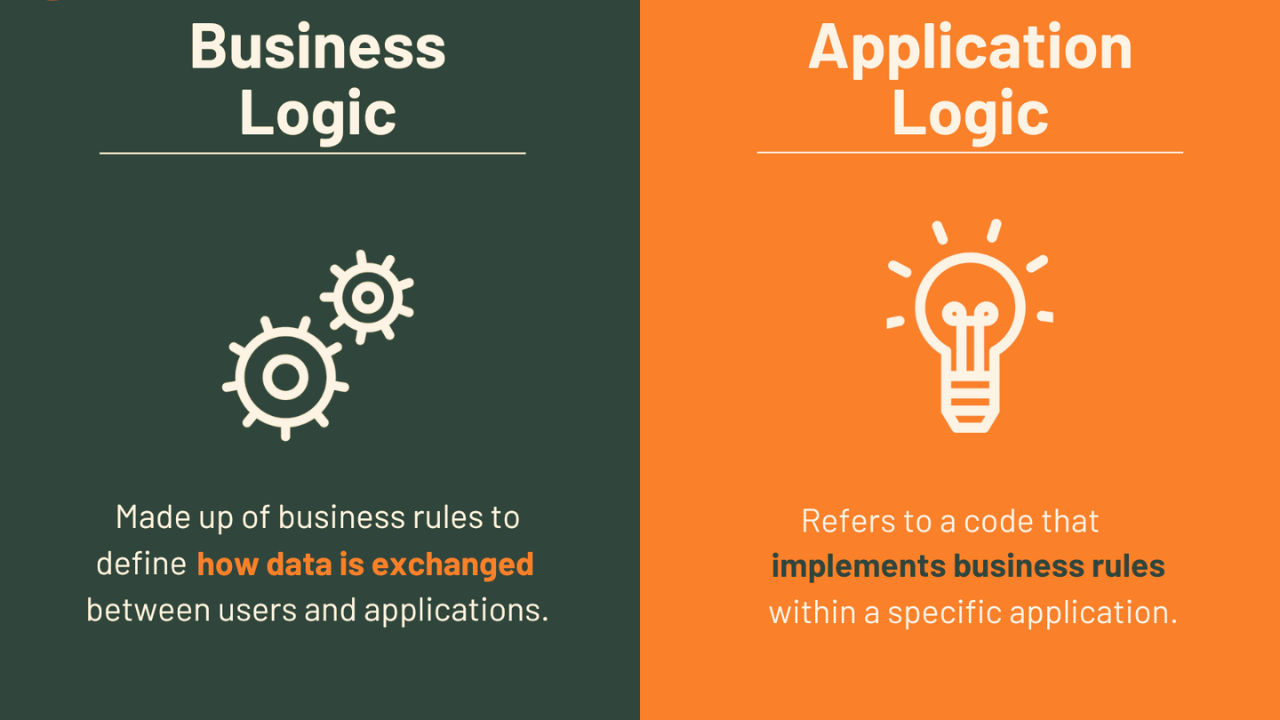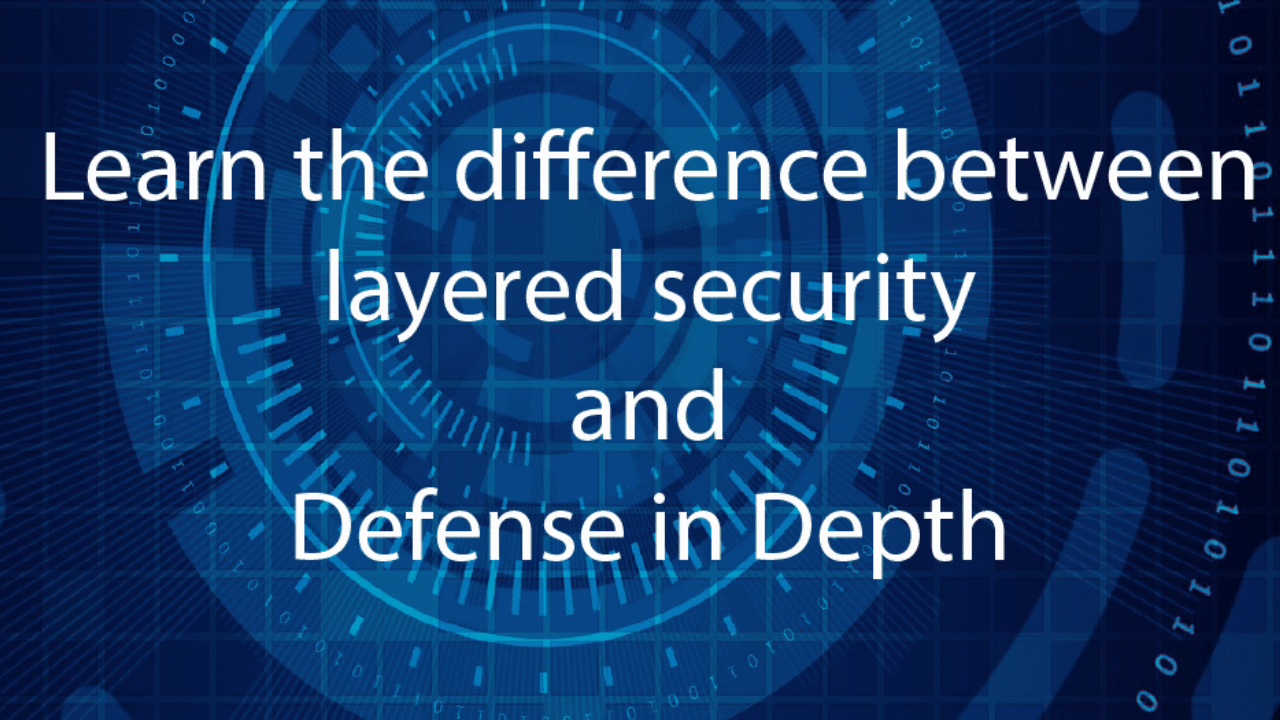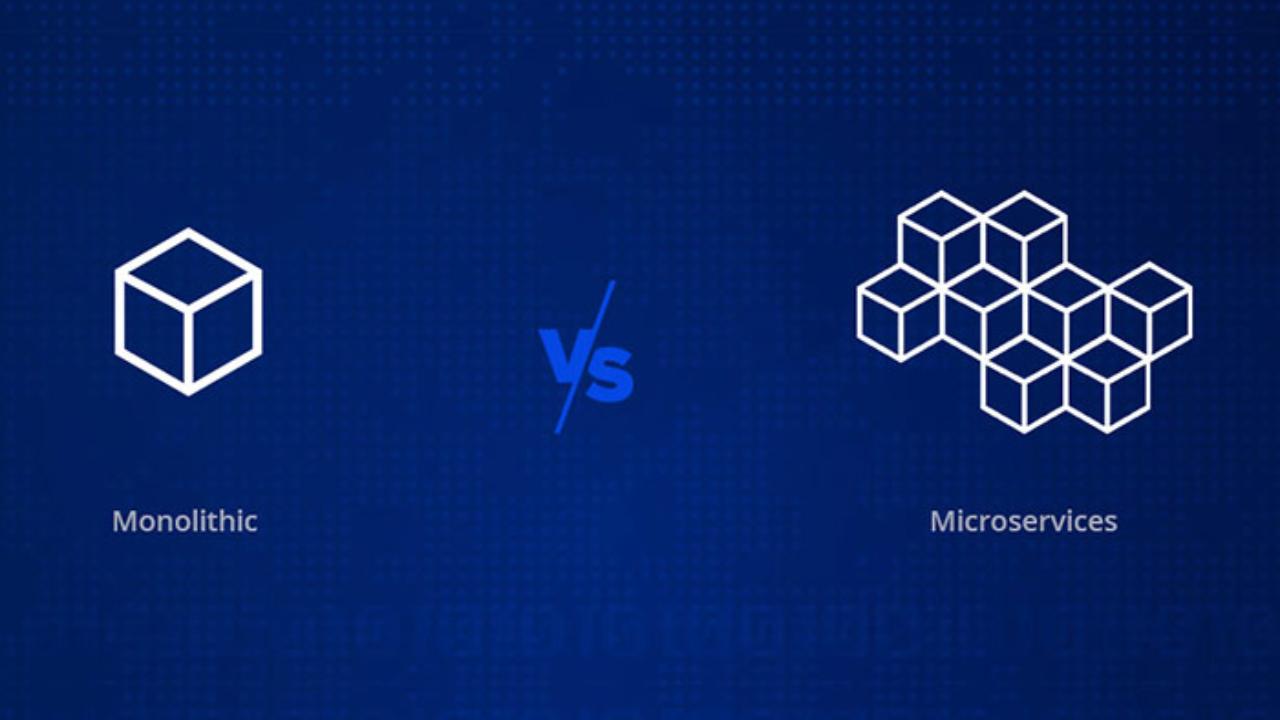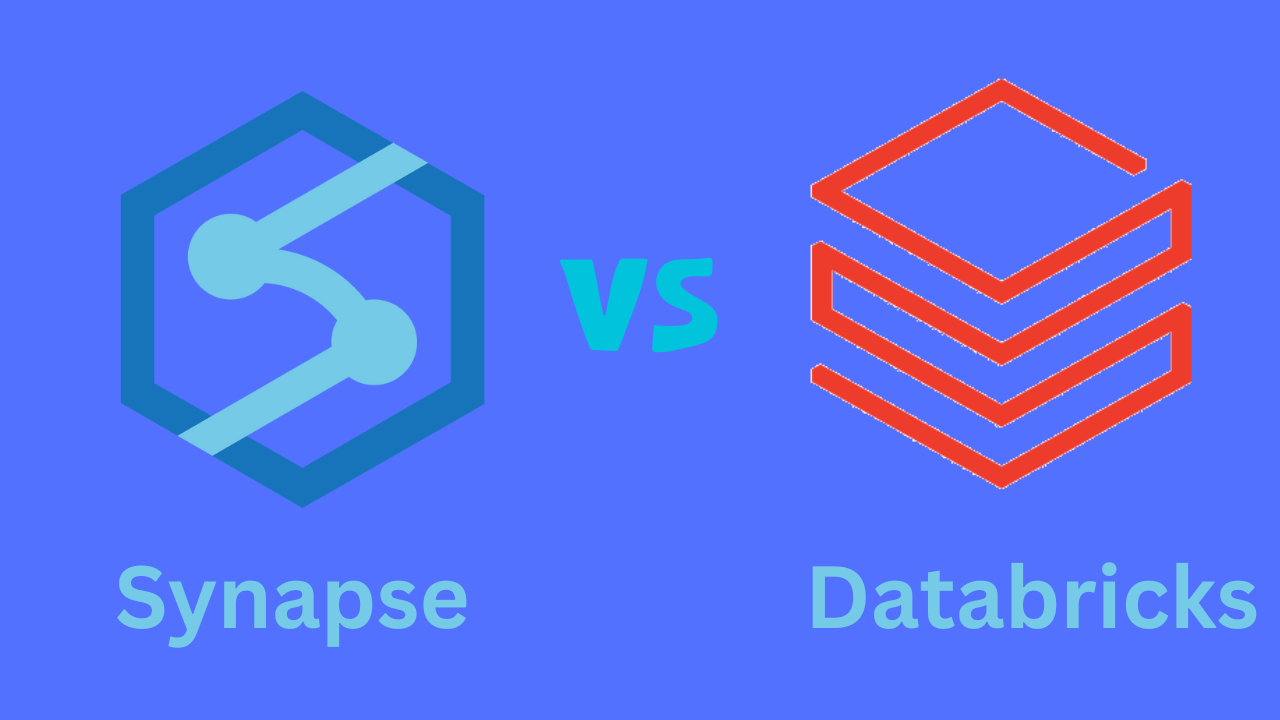Microservice architecture has become a popular design standard for modern cloud-based software systems. However, managing data communication in microservices remains a challenge, especially when migrating from an existing monolithic system. In this article, we will explore data communication in microservice architecture and discuss the challenges faced and solutions proposed.
Microservices
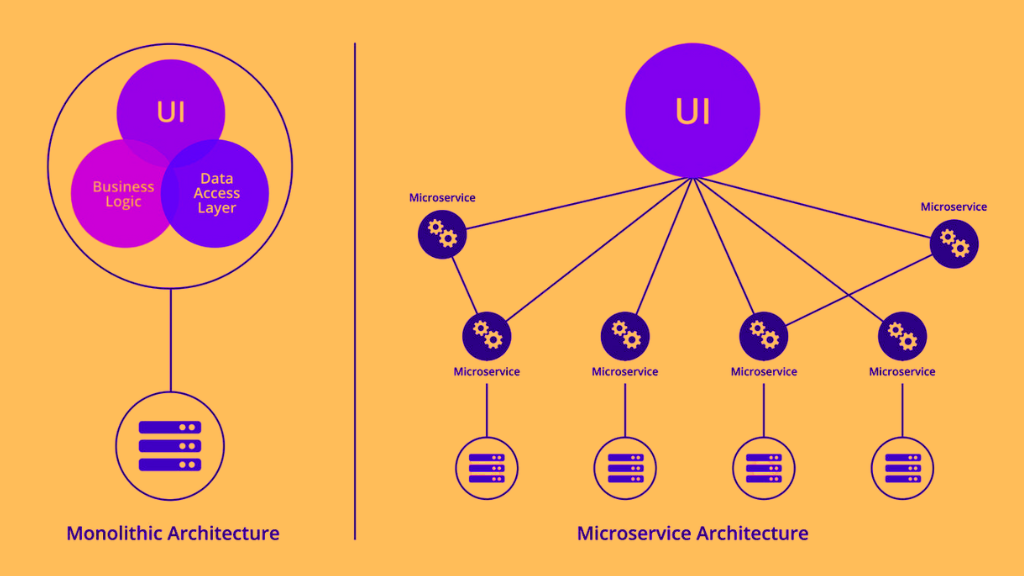
Microservices are a popular architectural style for building complex applications. They advocate building an application as a connection of simple services, each performing a single business function. Microservices offer many benefits such as improved fault tolerance, flexibility to choose different technology, the ability to organize teams as per functionality, etc. They are also best suited for cloud deployment due to the utilization and cost benefits associated with deploying and scaling services individually. Therefore, enterprises are increasingly refactoring their legacy monolith application into microservices as part of their journey to the cloud.
However, there is little work on how data should be communicated via the APIs. The communication via APIs is non-trivial given that the memory address space and resources are not shared between microservices.
Challenges of Microservice Architecture
There are several that need to be considered.
- One of the main challenges is how to manage data communication between microservices and the original monolith system. This can be a complex task, especially when dealing with large volumes of data and multiple microservices.
- Another challenge is how to ensure the reliability and availability of microservices. Since microservices are distributed and independent, they can fail or become unavailable, which can affect the overall system performance.
- Another challenge is how to ensure the consistency of data across multiple microservices. Since each microservice has its own database, it can be challenging to ensure that the data is consistent across all microservices. This can lead to data inconsistencies and errors, which can affect the overall system performance.
- Another challenge is how to manage the complexity of microservices. Since microservices are independent and can be developed and deployed separately, it can be challenging to manage the overall system complexity. This can lead to issues such as versioning, dependency management, and testing.
- Finally, another challenge is how to ensure the security of microservices. Since microservices are distributed and independent, they can be vulnerable to security threats such as unauthorized access, data breaches, and denial-of-service attacks. It is important to implement proper security measures such as authentication, authorization, and encryption to ensure the security of microservices.
Best Dataset For Machine Learning in 2023
Data Communication in Microservice Architecture
Data communication in microservice architecture refers to the process of exchanging data between different microservices and the original monolith system. Since microservices are independent and can be developed and deployed separately, they need to communicate with each other to perform complex tasks. This communication can happen through various mechanisms such as REST APIs, message queues, and event-driven architectures.
Data communication in microservice architecture can be challenging due to the distributed nature of microservices and the need to ensure the consistency and reliability of data across multiple microservices. This requires careful design and implementation of communication protocols, data formats, and error handling mechanisms.
How Do Microservices Communicate?
Microservices communicate with each other through APIs (Application Programming Interfaces) using lightweight protocols such as HTTP, REST, and messaging systems like Kafka and RabbitMQ.he communication can be synchronous or asynchronous, and can also be event-driven. The choice of communication pattern depends on the specific requirements of the system and the use case.
Synchronous communication
In synchronous communication, a microservice sends a request to another microservice and waits for a response before proceeding with the next task. This type of communication is useful when the response is required immediately, and the calling microservice cannot proceed without it.
Asynchronous communication
In asynchronous communication, a microservice sends a request to another microservice and continues with other tasks while waiting for a response. This type of communication is useful when the response is not required immediately, and the calling microservice can proceed with other tasks while waiting for the response.
Event-driven communication
In event-driven communication, microservices communicate with each other based on events or triggers. For example, a microservice can send a message to another microservice when a new user is registered, and the receiving microservice can perform a specific action based on the message.
API Gateway
An API Gateway is a central entry point for all microservices in a system. It acts as a reverse proxy and routes requests to the appropriate microservice based on the API endpoint. This approach simplifies the communication between microservices and provides a single point of entry for external clients.
Messaging systems
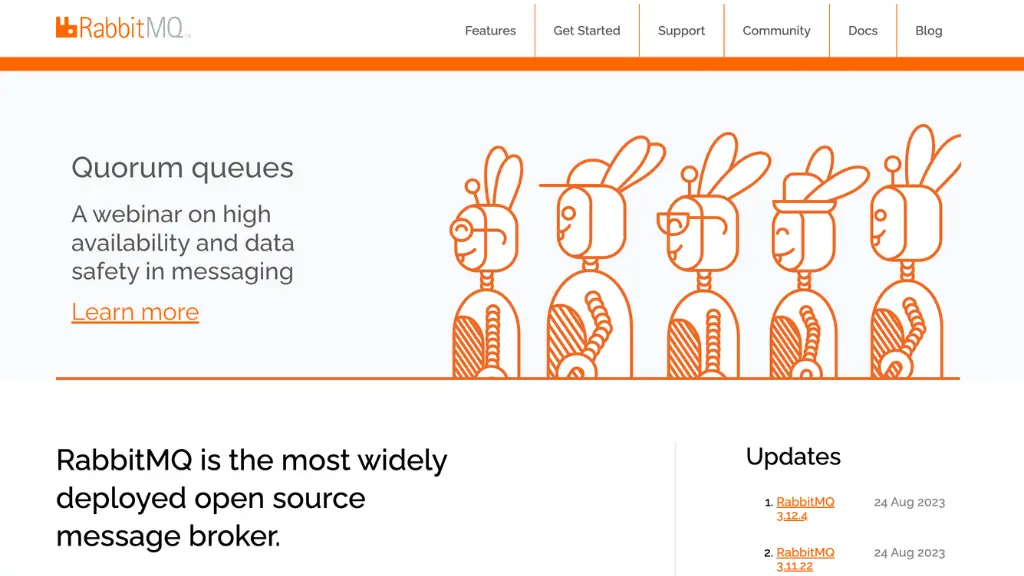
Messaging systems like Kafka and RabbitMQ provide a reliable and scalable messaging infrastructure for microservices. They allow microservices to communicate asynchronously and can handle large volumes of data.
Training Data vs Validation Data: What is the Difference
Conclusion
Managing data communication in microservice architecture remains a challenge, but there are solutions available to improve performance and reduce overhead. This article provides valuable insights into the challenges faced and solutions proposed, and highlights the importance of considering data synchronization. By following best practices and continuously monitoring and optimizing data communication, organizations can ensure that their microservice architecture is efficient, scalable, and reliable.


